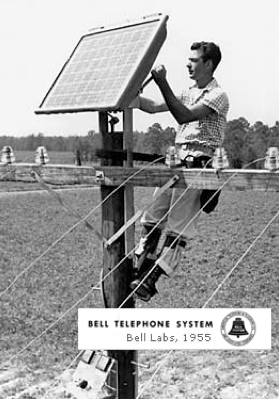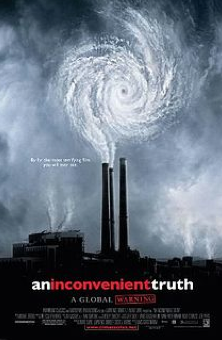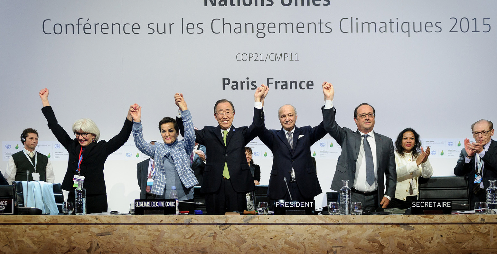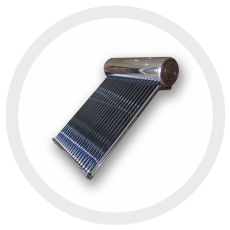The solar panel was developed by Bell Labs and was used in the space program in 1958.
The technology, at first very expensive and inefficient has grown steadily more affordable.
Especially over the past decade with more installations funding more research.
Photovoltaic panels, better known as PV, is still limited by the fact that the panels can only use some of the frequency of light in the spectrum. Researchers are working to overcome this and have recently achieved higher efficiencies.
Solar panels are a less mature product when compared to solar water heaters but are still much more popular.
Why this is so is less about the positive attributes of solar PV and more about the missteps of solar thermal.
With Jimmy Carter and the energy and political climate of the 70s the solar industries (PV and thermal) boomed. Likewise, a reverse in these climates would bring the solar industry to the brink of total demise in the 80s.
Suddenly, energy was cheap again and a newly elected Ronald Reagan ordered that the solar panels be taken off of the White House.
Meanwhile, his administration gave subsidies to fossil fuel companies and in the process managed to kill 95% of the US manufacturing capacity in the industries.
However, out of the 60s and 70s was borne the environmental movement and this movement has proved to outlast the rise and fall of energy prices.
Buoyed by scientific evidence that our burning of fossil fuels is causing a global warming, this environmental movement has become mainstream.
Now, decisions by the oil cartel OPEC to keep fuel prices artificially low will not be able to kill alternative energy as it would have in the 80s.
Solar panels bounced back as a cohesive industry with lobbying power that could offer cookie cutter installations.
Whereas solar thermal, made up of disparate technologies, each proclaiming their superiority over one another (as we, ironically, continue to do) suffered from this lack of cohesion.
What else has held back solar thermal?
This fundamental truth: when your PV system breaks you hardly notice because you still have electricity.
When your solar thermal system breaks, however, you have a flooded basement and you very quickly notice.
This is somewhat of an inherent difference between electrical vs plumbing systems. Plumbing systems experience more wear and eventually break.
Electrical systems not as much.
Because of this, solar thermal systems installed in the 1970s, while performing excellently for 30 years, began to fail and give the industry a black eye.
The Sunbank partly overcomes this by installing the solar storage tank outside with the collector.
As you can see, it’s complex.
However, with the recent Paris Agreement it is clearer than ever that the world is on a one way path toward solar energy and it won’t be alternative for long.
PV will continue to pave the way for these solar gains.
However, the Sunbank is here to compliment PV – to get rid of your fracked gas bill in addition to that electricity bill.
And while some parts of the world, like Europe, Israel, India, and China continue to lead in solar thermal, the US is starting to catch on.
Hawaii now has a law that all new homes must be built with solar thermal.
And the federal and state incentives make solar thermal a very good deal in states like California, Colorado, Oregon, Arizona, New Mexico, North Carolina, and Texas to name a few.



Give us a call!
(888) 385 0005
2020 5th St #1713
Davis, CA 95616
©2011-2024 Sunbank Solar, Inc.
All Rights Reserved

Sunbank SB-80G
80 Gallon Solar Water Heater $3,999 ($2,799 after tax credit)
